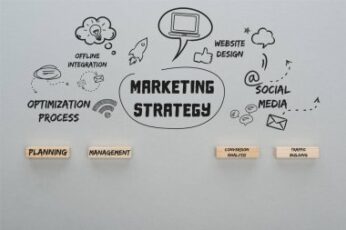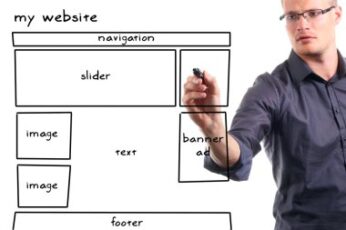Industrial businesses thrive on precision, efficiency, and trust, and at Total Web Partners, we bring those same principles to our Industrial Web Design & Online Marketing services. We’re dedicated to positioning your brand as a digital front-runner in the industrial sector, helping you build a professional online presence that attracts and retains customers.
Building a Strong Digital Presence for Industrial Success
A professional website is the gateway to new business opportunities. Our approach to web design and development ensures that your site is not only visually appealing but also built to perform. By integrating SEO best practices, responsive design, and user-friendly navigation, we help you capture attention, foster engagement, and drive conversions.
In addition to top-tier website design, Total Web Partners offers customized online marketing services to amplify your reach. With tailored strategies for SEO, content marketing, and social media management, we ensure that your brand’s message reaches the right audience. Our comprehensive analysis and consistent updates allow us to refine your marketing approach over time, helping you achieve sustainable growth.
Experience That Delivers Results
Our extensive experience in industrial web marketing means we understand what it takes to succeed in this space. From our years of working with manufacturers to conducting online marketing programs, our team has gained insights into what truly works for industrial brands. We offer everything from SEO services to advanced marketing strategies, ensuring your business can thrive online.
With Total Web Partners as your marketing partner, you’re gaining a team with hands-on industry experience and a commitment to your success. Let us help you transform your online presence with our dedicated Industrial Web Design & Online Marketing services.








